
Moles can be a nuisance in any yard or garden, creating unsightly tunnels and damaging plants. The most reliable method for effectively catching moles in your yard is using traps. By understanding their behavior and preferences, gardeners can set traps strategically to achieve better results.
For those looking to get rid of moles humanely, consideration of safe and ethical options is essential. This involves using live traps to relocate the animals without harming them, ensuring that the local ecosystem remains balanced. Moles play a role in soil aeration, so finding humane methods can be beneficial for both the gardener and the environment.
Anyone can tackle a mole problem effectively, armed with the right knowledge and techniques. The following tips will provide clear guidance on how to catch moles and manage their presence without harming them.
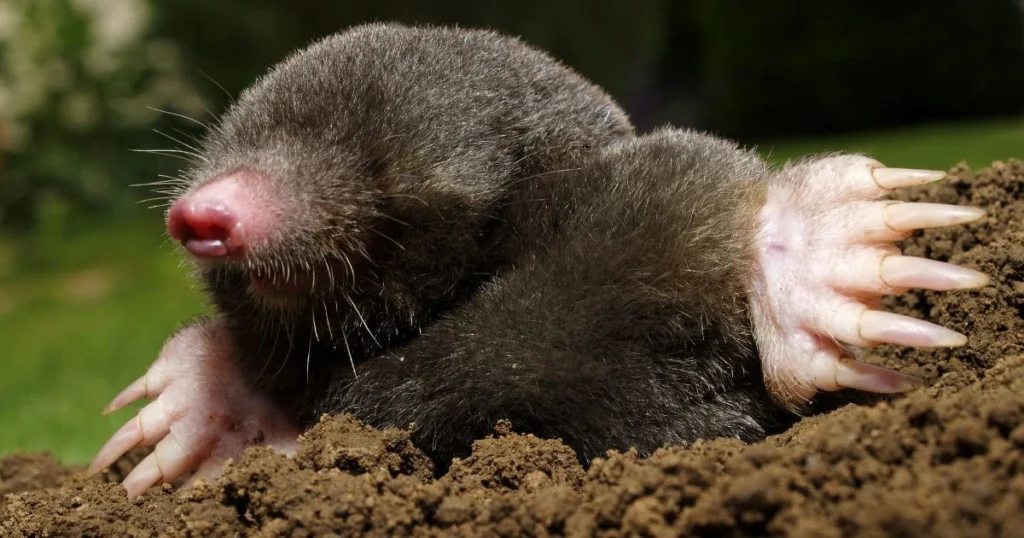
Due to their burrowing habits, moles can significantly affect the health of a yard and garden. Recognizing their behavior and the signs of infestation is vital for effective management. Distinguishing between moles, voles, and gophers is also important, as it influences the choice of control methods.
Moles are primarily solitary creatures and spend much of their lives underground. They can tunnel up to 150 feet in a single day while searching for food, including grubs and earthworms.
Common signs of mole activity include raised tunnels or ridges and small piles of soil on the surface, known as molehills. These indicators can disrupt the lawn and garden, leading to uneven terrain.
To confirm a mole presence, check for soft or squishy areas in the yard where the soil has been displaced. Trapping is often the most effective method for removing moles and using the right trap can lead to successful results.
While moles, voles, and gophers are often confused, they have distinct characteristics. Moles have pointed snouts, small eyes, and specialized front paws for digging. They primarily consume insects and worms.
Voles are smaller, resembling mice, with stocky bodies and short tails. They feed on roots, grass, and seeds, causing damage to plants near the surface. Distinctively, they create surface runways in grass rather than underground tunnels.
Gophers have large front claws and cheek pouches for transporting food. Their burrowing creates mounds that look different from molehills. Identifying the specific pest allows for targeted strategies to eliminate moles, voles, and gophers in your yard.
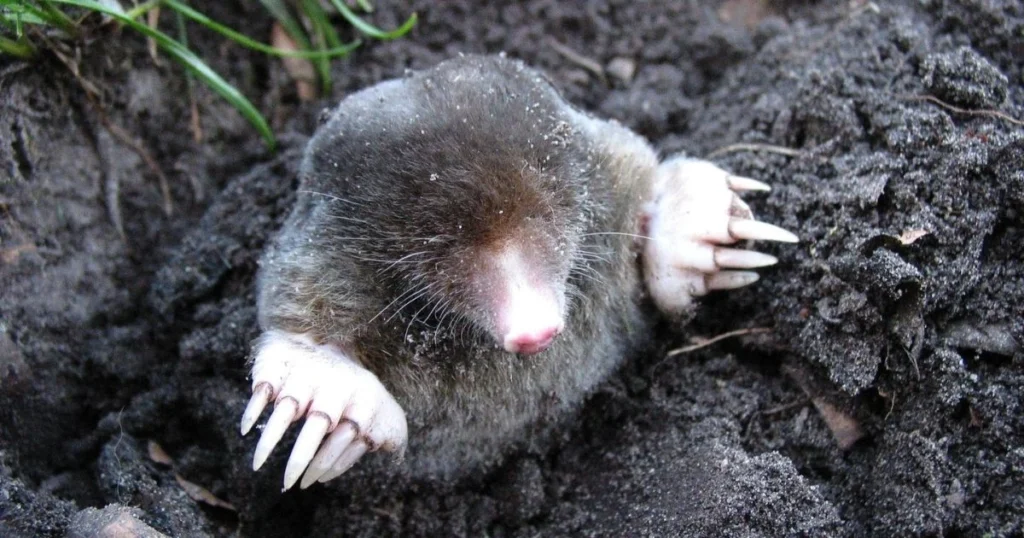
Creating an environment that is unappealing to moles is crucial for keeping them away from your yard. Implementing natural deterrents can also help in discouraging these pests.
Moles prefer soft, moist soil with plenty of organic material. To make the yard less inviting, maintaining a drier landscape is essential. This can be achieved by:
Implementing these changes helps discourage moles from making a home in your yard.
Several natural deterrents can effectively keep moles away. These options are easy to apply and safe for the environment.
Combined with an uninviting environment, these deterrents significantly reduce the likelihood of moles invading your yard.
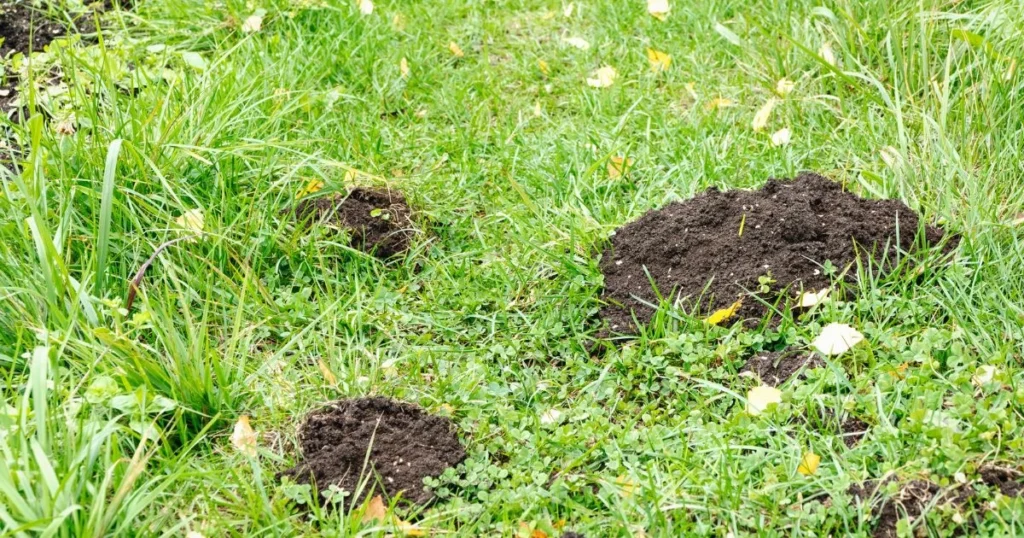
Effective methods for trapping moles in yards focus on humane techniques that ensure the animals are not harmed. These methods prioritize the safe removal of moles while minimizing distress.
Several types of humane traps can be utilized to catch moles effectively. The most common are:
Choosing the right trap is crucial for effective capture. Box traps and scissor traps often yield the best results when properly placed.
Placement is vital for attracting moles. Identify active tunnels by looking for fresh mound soil. Once found, position the trap in the tunnel, ensuring it is snug against the walls.
Some recommend using earthworms or peanut butter for baiting, as they effectively attract moles. Apply bait to the trigger mechanism to encourage the mole’s interaction, increasing the chances of capture.
Regularly check traps to avoid extended confinement of captured moles, ensuring their timely release.
Safety is paramount when handling traps. Always wear gloves to prevent the transfer of human scent, which may deter moles from entering.
Additionally, traps should be checked frequently to minimize stress for the captured animals. If releasing a mole, do so far from residential areas to prevent its return.
Educating oneself on local wildlife regulations is important to ensure compliance. Following proper procedures contributes to humane practices in dealing with moles in yards.
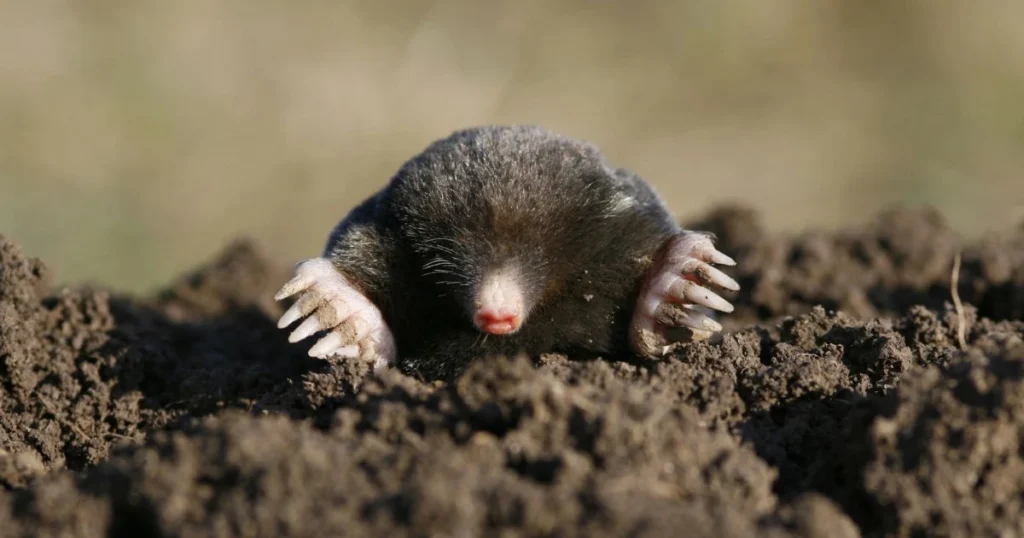
Persistent mole issues in a yard can be frustrating, particularly when home remedies fail. For effective management, it is essential to recognize when to seek professional help or explore cost-effective solutions.
Professional removal services may be warranted if moles continue to invade despite various control attempts. These experts utilize advanced techniques and equipment that may not be available to homeowners.
Factors to consider include:
Professionals typically charge between $300 and $2000, depending on the extent of the infestation and regional rates. Their priority is effective and safe removal.
Homeowners looking for cost-effective methods to manage moles have several options. Some of these solutions include:
Choosing the right solution depends on the severity of the problem and budget considerations. Continuing to monitor mole activity can help homeowners adapt their strategies effectively.
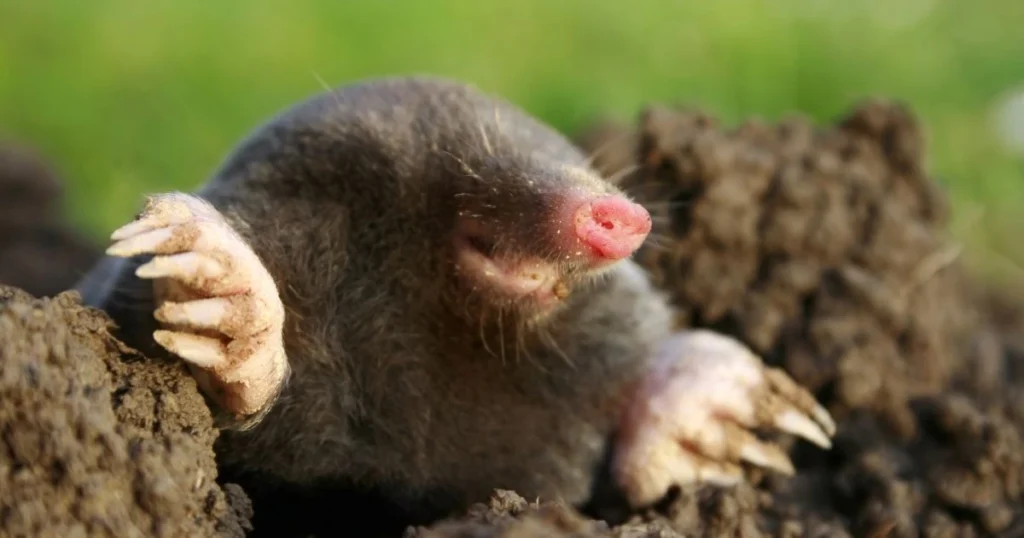
Recovering a yard after moles have been removed involves addressing any damage caused by their tunneling and implementing measures to prevent future infestations. Key aspects include repairing lawns and gardens while establishing long-term strategies.
Mole activity often leads to uneven soil and damaged plants. Start by leveling any raised areas in the lawn caused by their tunnels. This can be done by compacting the soil back into place, ensuring proper drainage and aesthetics.
If there are bald patches, reseed them with a suitable grass mix. Inspect plants for any signs of damage in flower beds —replant or trim where necessary. Adding organic compost can improve soil health, promoting better root development.
Regular watering is crucial for rejuvenating the yard post-removal. A strong root system will help plants recover more quickly, providing resilience against future pests. For persistent problems, it may be wise to consult professionals like Critter Stop, known for their humane wildlife removal services. They can provide evaluations for lasting solutions.
Preventing mole return visits requires a multifaceted approach. First, maintaining a healthy lawn decreases the likelihood of infestations. Dense, well-maintained grass is less appealing to moles searching for food.
Implementing specific landscape modifications can deter moles. These include using physical barriers, such as underground fencing, or planting moles’ food sources strategically away from gardens. Encouraging natural predators of moles can also help in controlling their population.
Monitoring for signs of re-infestation is key. If issues persist or if you require assistance with wildlife control, contact a specialist like Critter Stop. They enjoy a stellar reputation for quality service and can conduct thorough inspections. Call (214) 234-2616 to address concerns about wildlife in the yard.
Understanding the various aspects of mole trapping can help address the problem effectively. This section answers common queries related to methods, tools, and humane options for dealing with moles in yards.
The most effective method involves using traps. Scissor traps and harpoon traps are popular choices. Proper placement in active tunnels increases the chances of capture.
Live traps are the best option for catching a mole without harming it. These traps allow for capture without injury. Afterward, the mole can be relocated to a suitable environment.
Setting traps in areas with visible tunneling and fresh mound activity yields better results. Baiting traps with food like peanut butter can also attract moles. Following local regulations for trapping is essential.
Use traps instead of poisons to safely get rid of gophers and moles. Additionally, creating barriers can help prevent them from entering the yard. Researching professional pest control options is another avenue.
Humane options include using live traps and natural repellents. Planting certain flowers or using castor oil may deter moles. Relocating captured moles is essential for humane treatment.
Identify active tunnels and set traps in those locations. Ensure the traps are correctly positioned according to the manufacturer’s instructions. Regularly checking the traps maintains their effectiveness.
Costs vary based on the methods used and local services. DIY trapping can be less expensive, while professional services may cost more depending on the extent of the problem. Factors include the size of the infestation and chosen methods.
Essential tools include traps, gloves for handling traps, and possibly a shovel. A probe can help locate active tunnels. Additional tools may include bait for luring.
Yes, using live traps allows for the humane trapping of moles. Local laws regarding the relocation of captured animals should be checked, and research on humane trapping methods is encouraged.
Using efficient trapping methods is the quickest way to address moles. Regularly monitoring traps and using a combination of live traps can increase success. Considerations for environmental factors also play a role in effectiveness.
Position traps carefully to minimize disturbance to the surrounding area. Avoid using chemical repellents that could harm plants. Covering traps with natural materials can help conceal them.
Researching biological controls, such as introducing natural predators, can assist in managing populations. Implementing traps and barriers is also effective. Keeping the yard tidy and reducing food sources can deter both moles and voles.
Using live traps and checking them frequently ensures humane treatment. Relocating the moles to a suitable environment is crucial. Understanding local wildlife regulations supports humane practices.
In Florida, moles are often dealt with using trapping methods. Considering weather and local wildlife will influence strategy. Consulting local pest control professionals may provide region-specific advice.
A combination of trapping and habitat modification works effectively. Planting deterrent plants and maintaining the yard can reduce moles' and voles' appeal. Regular monitoring of traps is essential for ongoing management.
Visit our Critter Library and learn more about our furry friends







